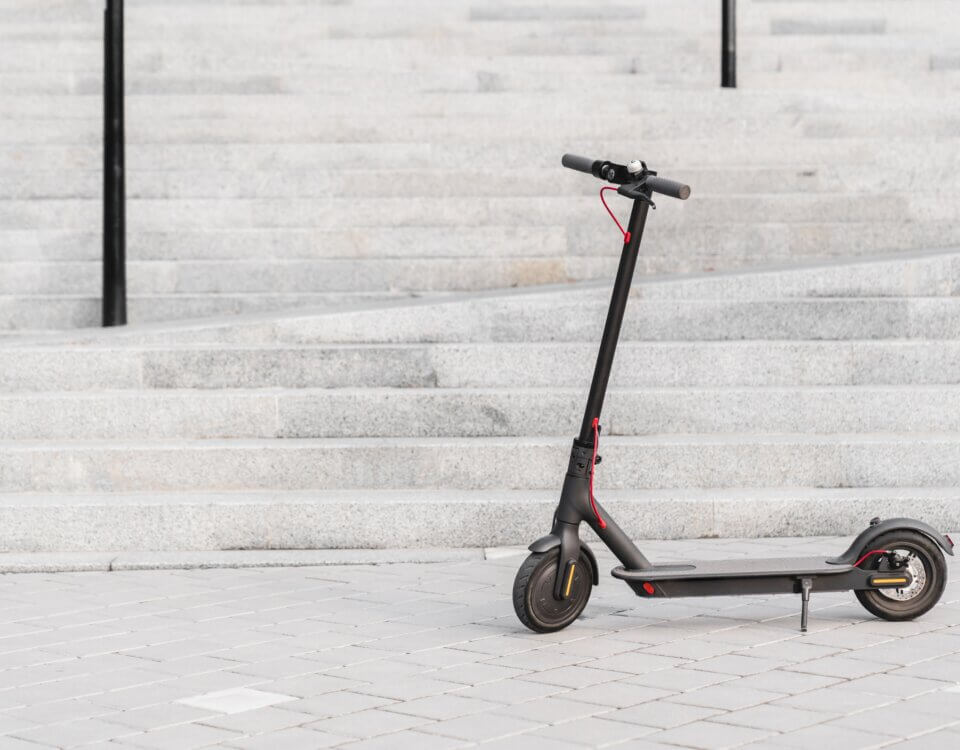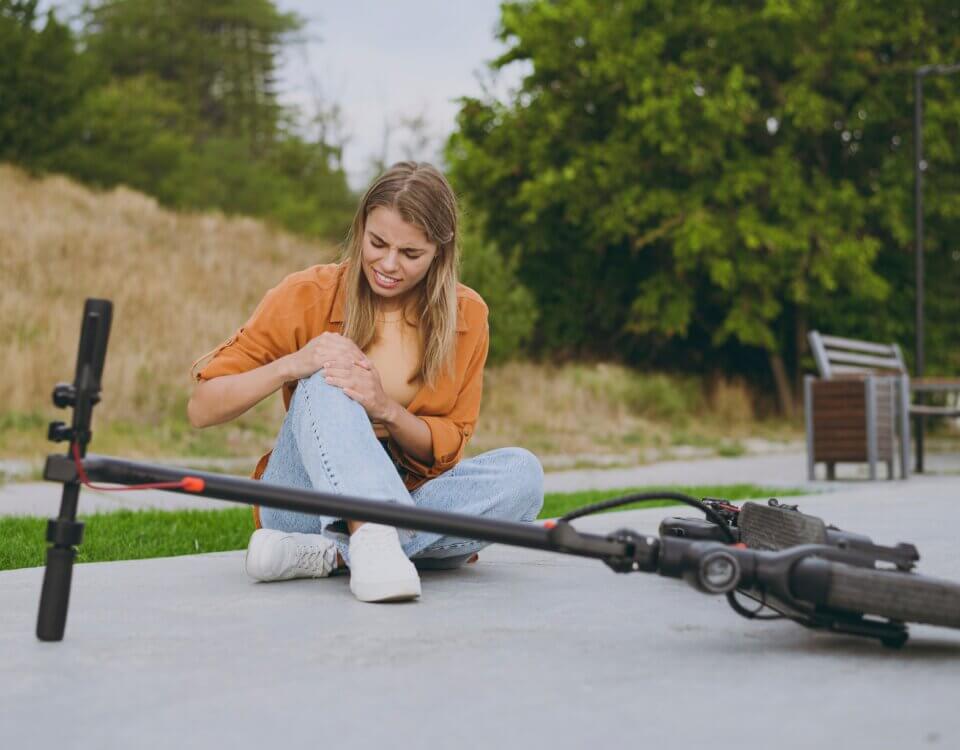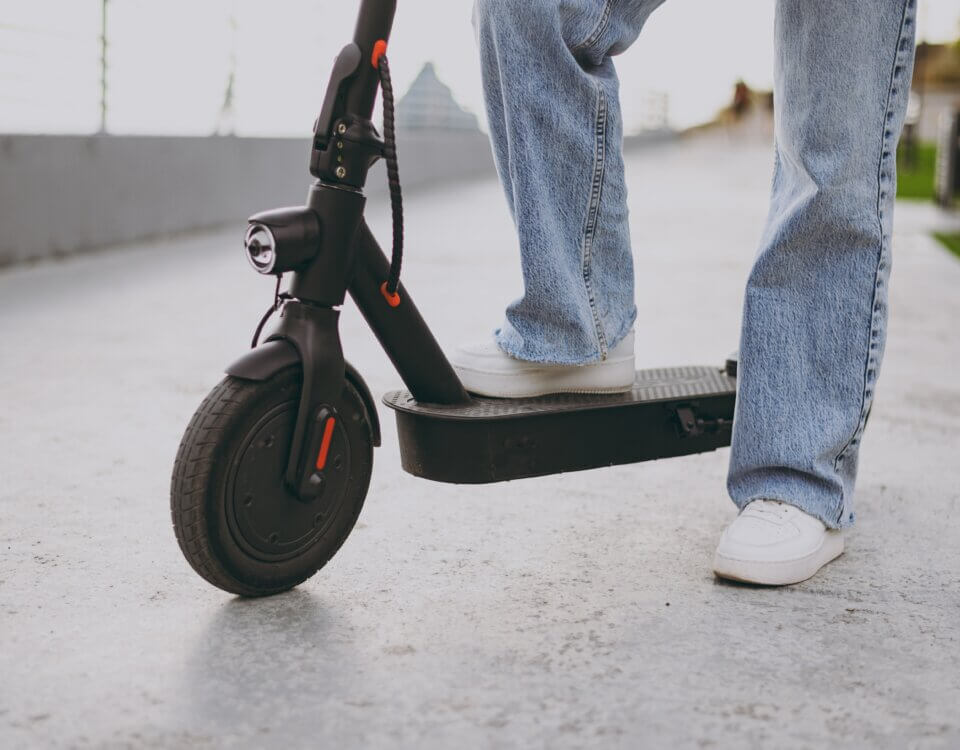Electric scooters have become a popular commuting option in California’s cities, offering convenience and eco-friendly travel. But sharing busy streets and sidewalks with cars, bikes, and pedestrians requires caution to avoid accidents and injuries.
Common E-Scooter Risks
- Collisions With Vehicles: Cars may not anticipate scooters in bike lanes or intersections.
- Pedestrian Conflicts: Riding on sidewalks can startle or injure walkers.
- Uneven Pavement: Cracks, potholes, or debris can cause loss of balance.
- Nighttime Visibility: Low lighting makes it harder for drivers to see scooter riders.
Safety Tips for Riders
- Wear a Helmet: Even if not required, helmets reduce head injury risks.
- Use Bike Lanes When Available: Stick to designated areas instead of sidewalks.
- Obey Traffic Laws: Stop at lights and signs, signal turns, and yield to pedestrians.
- Stay Visible: Use lights, reflectors, and bright clothing, especially at night.
- Ride Solo: Most scooters aren’t designed for two passengers.
- Inspect Before Riding: Check brakes, tires, and battery level before starting.
Tips for Urban Drivers and Pedestrians
- Drivers: Double-check blind spots and watch for scooters at intersections or when opening doors.
- Pedestrians: Use crosswalks carefully and stay aware of scooter traffic in shared spaces.
Community and City Responsibilities
- Clear Regulations: Cities should provide clear guidelines for scooter use, parking, and speed limits.
- Infrastructure Improvements: Protected bike/scooter lanes and smoother pavement reduce risks.
- Awareness Campaigns: Public education on sharing the road safely benefits everyone.
Safer Streets for All
E-scooters can be a convenient, sustainable alternative for urban commuting, but safety must come first. By following traffic rules, wearing protective gear, and staying aware of surroundings, riders and communities can reduce accidents and make city streets safer.
Note: These blog posts are created solely for the use of Hillstone Law. The information is gathered from internet research, publicly available sources, and artificial intelligence (AI) tools such as ChatGPT. While we aim to share helpful and educational content, Hillstone Law does not independently verify every detail. Some information may be incomplete, outdated, or subject to change without notice. If you believe any part of a post is inaccurate, misleading, or infringes upon copyright, please contact Hillstone Law immediately so we can review it and take appropriate action, including correction or removal.
Disclaimer: The material provided in these blogs is for general informational purposes only and should not be considered legal advice. Reading these posts does not create, and is not intended to create, an attorney-client relationship with Hillstone Law. Our intent is to share knowledge, raise awareness, and provide helpful resources to the public; however, Hillstone Law makes no warranties or guarantees about the accuracy, completeness, or reliability of the information provided, and expressly disclaims liability for any actions taken in reliance on it. The photos used in these posts are for illustrative purposes only and do not depict actual clients, individuals, or incidents unless expressly stated. If you or a loved one has been injured in an accident, please contact Hillstone Law at (855) 691-1691. Our attorneys are available to answer your legal questions and help you understand your rights.







